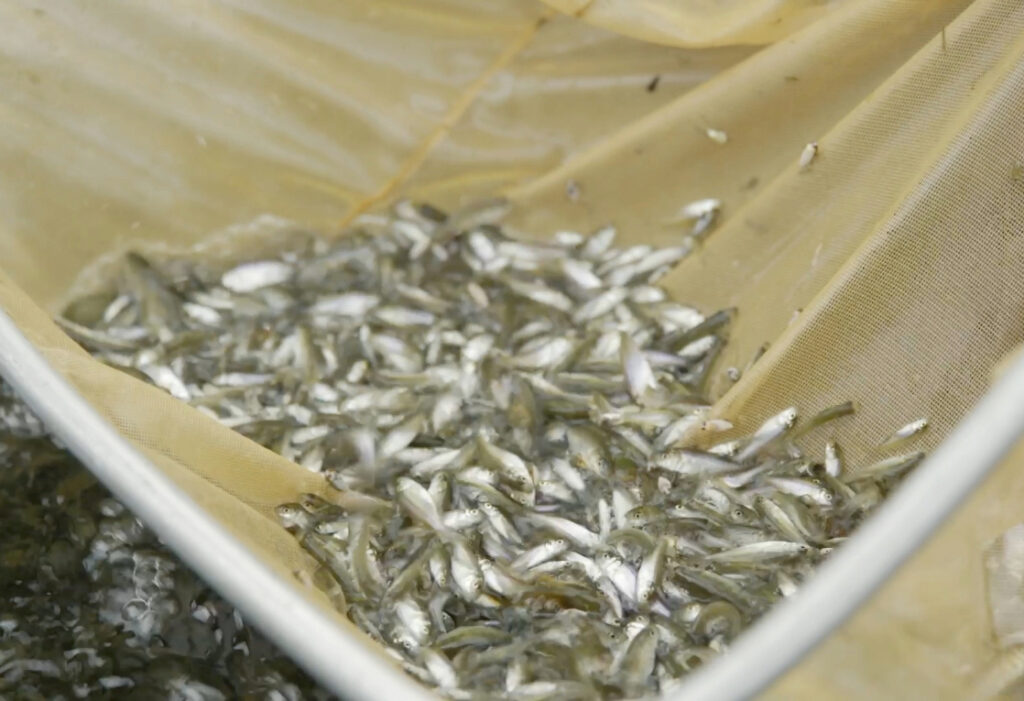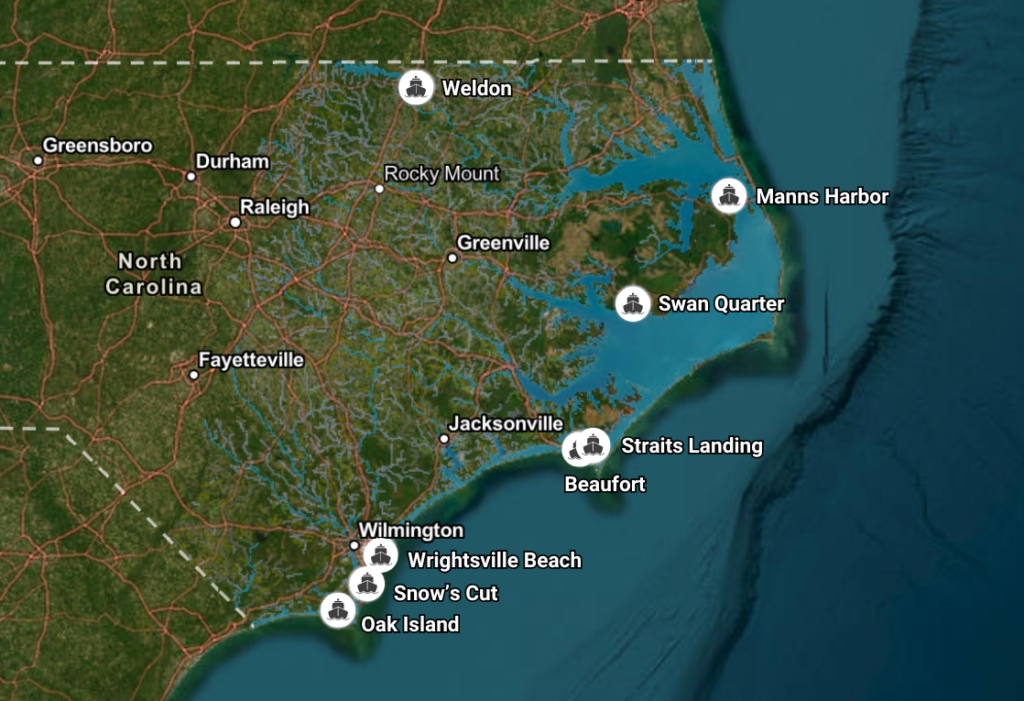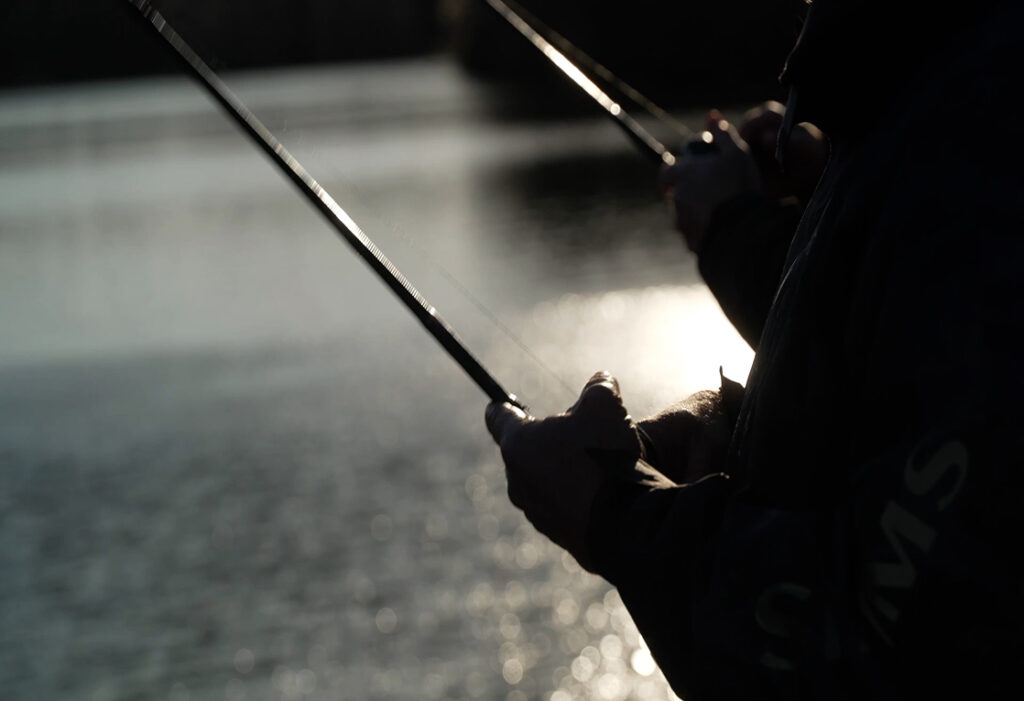The NC Marine & Estuary Foundation is excited to announce our partnership with two state agencies to financially support the stocking of over 2 million Striped Bass into Roanoke River and Albemarle Sound.
Many recent years of recruitment failures (low natural production of juvenile Striped Bass) are largely to blame for this fishery’s “depleted” status. In response, a three-year restoration stocking strategy has been developed to kickstart Striped Bass recovery in this watershed.
How the partnership works:
Part 1 – Supporting hatchery production (paying for the fish)
Striped Bass used for this stocking program were produced at the Watha State Fish Hatchery operated by the Wildlife Resources Commission (WRC). Adult broodfish (fish in spawning condition) were transported alive from the upper Roanoke River spawning grounds in Halifax County to the state hatchery located in Pender County.
Two separate stocking events transpired in 2023. First, approximately 1.5 million Striped Bass fry (2 to 4 days old) were grown at the hatchery and stocked into the lower Roanoke River between Jamesville and Plymouth in May. The second stocking event occurred over several days in June as more than 650,000 Striped Bass fingerlings (2 inches in length) were stocked into Albemarle Sound near Edenton. The NC Marine & Estuary Foundation entered into a contractual agreement with the WRC to financially support the hatchery production and stocking of more than 2.2 million Striped Bass this year, and we plan to duplicate these efforts in 2024 and 2025.
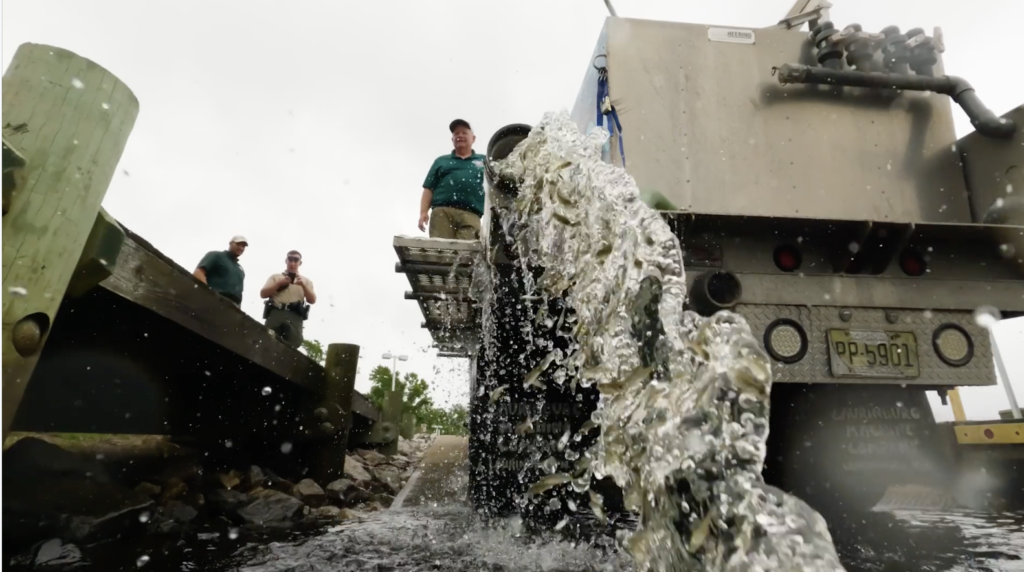
Part 2 – Supporting the stocking evaluation (paying for the genetics research)
Critical to this restoration project is our ability to answer the question, “Did the stockings work?” Evaluation of stocking success will be conducted using state-of-the-art genetic marking techniques. The first step involves collecting genetic material (a small piece of fin) from each Striped Bass broodfish (the parents) used during hatchery production. The genetic material from each tank of broodfish (usually one female and three males) is then processed by a genetics lab in South Carolina, and the “genetic recipe” for each tank is archived as reference information for each batch of fry produced.
To understand this process, consider DNA fingerprinting techniques in humans where offspring (children) can be matched genetically to their parents. The same genetic concepts work in the fish world.
Throughout the summer and into the fall, staff with the NC Division of Marine Fisheries (DMF) will sample Albemarle Sound in search of juvenile Striped Bass; this is the second step in the evaluation process. Fin clips from each juvenile Striped Bass collected from the Sound are removed and stored in vials of denatured alcohol. At the end of the annual sampling season, the fin clips from the juveniles are also sent to the genetics lab. That’s when the matching game begins! The genetic information within each individual fin clip is compared to the genetic recipes established for each hatchery tank of broodfish.
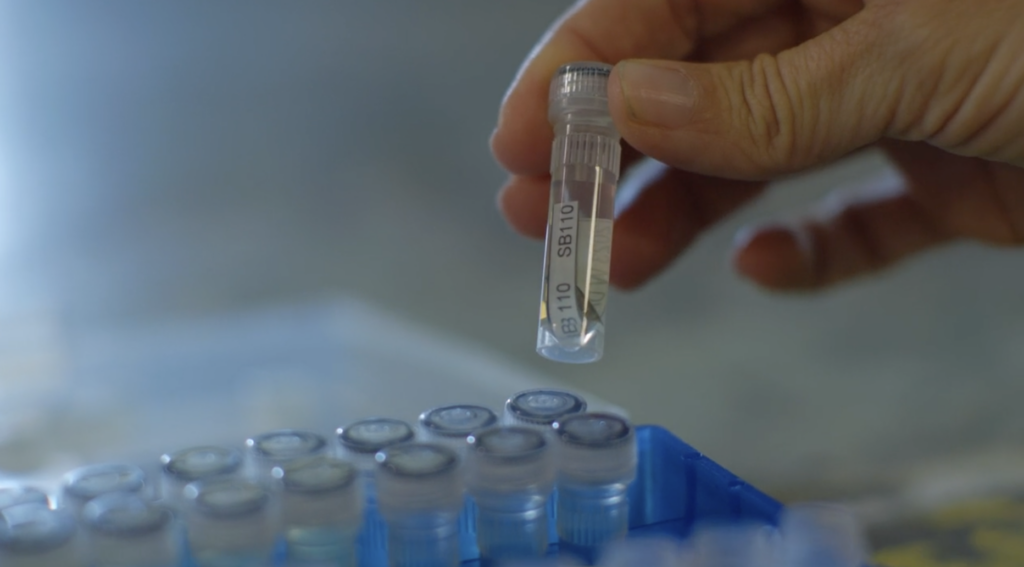
The geneticists can then determine conclusively:
- If each Striped Bass originated from the state fish hatchery or if it was born naturally in the wild
- Which specific tank of broodfish the fish came from, and its female and male parent
- Which year the fish was stocked, the sex of the fish, and the exact age of each fish to the day of birth
- The percent contribution of hatchery fish to wild fish for the sample collected
The NC Marine & Estuary Foundation has a contractual agreement with the DMF to financially support the genetic marking program in 2023, with plans to continue our support through at least 2025. The use of genetic technologies is a perfect example of how fisheries management and innovative technologies blend together to provide a measurable solution to a complex problem.
A robust Striped Bass fishery is vital to our local economies spanning from the upper Roanoke River spawning grounds in Halifax and Northampton counties downstream through Martin and Washington counties, and then continuing across the entire Albemarle Sound region. The Foundation views this initiative as a prime example of how we can collaborate with our state partners to improve depleted fisheries along our coast. To learn more, check out the joint press release here.

